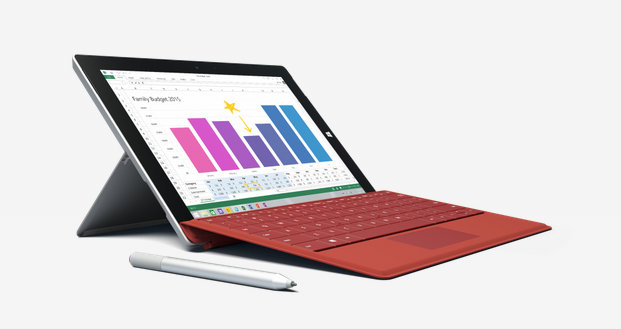Upload Your ResumeEmployers want candidates like you. Upload your resume. Show them you're awesome.
Microsoft Still Trying to Get Surface Right
Microsoft’s first attempt at Surface, its tablet-laptop hybrid, was an unmitigated disaster that forced the company to take a $900 million write-down on unsold inventory. Rather than abandon the concept, Microsoft has continued to release updated versions of Surface over the past two-and-a-half years. You could argue that the company has no other choice: The future belongs to mobile devices, and Microsoft needs to demonstrate that it can successfully play in that arena if it wants to survive. Check out the latest tablet-related jobs. Although nobody bought Surface RT, the variation that ran a modified version of Windows on ARM-based hardware (which powers other tablets, including Apple’s iPad), last year’s Surface Pro 3 earned some solid reviews for its thinner form-factor and improved keyboard. Now comes the next iteration: Microsoft has abandoned its attempts to move into the ARM market, instead using a lower-power Intel chip for the upcoming Surface 3, its lighter-and-sleeker variation on the Surface Pro 3. The 10.8-inch device weighs 1.37 pounds, features front- and rear-facing cameras, can chug along for 10 hours on a single battery charge, and runs “full” Windows 8.1 (with the option to upgrade to Windows 10 for free later this year). It will retail starting at $499 when it ships in May. Despite the hardware and software improvements, Microsoft faces significant headwinds from the tablet market itself, which has softened after years of robust growth. The new Surface might be a better tablet, but will it find a substantial audience?
Image: Microsoft
